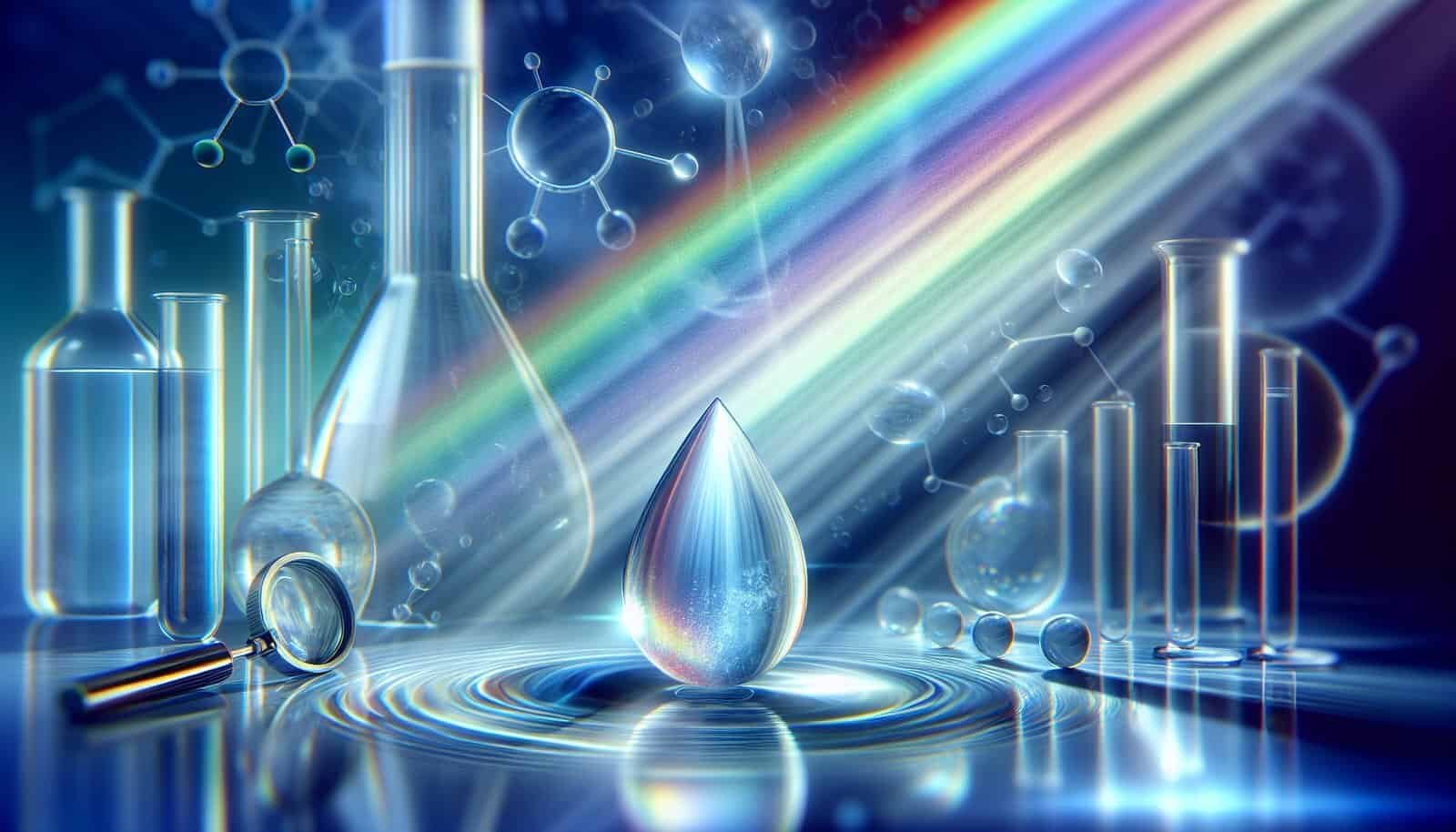Have you ever received your water test results and found yourself puzzled by the array of numbers, terms, and abbreviations? Understanding your water test results is crucial for ensuring the safety and quality of the water you use daily. Whether your concerns are about contaminants, taste, or safety, knowing what the results indicate can make a significant difference in your health and well-being.

Understanding Water Testing
Water testing is a pivotal process that helps determine the safety and quality of your water supply. Various factors can affect water quality, including natural minerals, human activities, and environmental changes. Understanding these factors is essential to know what your latest water test reveals about your water supply.
Why Test Your Water?
Testing your water can reveal a lot about what’s flowing from your taps. It can identify contaminants and determine if your water meets safety standards set by public health organizations such as the Environmental Protection Agency (EPA) in the United States. These tests can help diagnose issues like strange tastes, odors, discoloration, or even health problems.
How is Water Tested?
Water testing typically involves collecting a water sample, which is then analyzed in a lab for various parameters. These tests can check for bacteria, heavy metals, pH levels, nitrates, and other potential contaminants. Each of these factors can tell you something specific about your water.
Decoding Your Water Test Results
When you receive water test results, they may seem overwhelming. Breaking them down into comprehensible parts will help you understand what each parameter means for your water quality.
Terms You Might Encounter
Your results will likely contain technical terms. Here’s a quick rundown of some common terms:
- pH Level: Indicates the acidity or alkalinity of your water. Neutral water has a pH level of 7. Below 7 is acidic, and above 7 is alkaline.
- Hardness: Refers to the concentration of calcium and magnesium in water. Hard water can cause scale buildup in pipes and appliances.
- Total Dissolved Solids (TDS): The combined content of all inorganic and organic substances in the water. High TDS can affect water taste and quality.
Common Contaminants
Understanding what contaminants are present in your water and their possible health effects can make interpreting your test results more effortless.
Microbiological Contaminants
- Coliform Bacteria: A common indicator for contamination. While not usually harmful itself, its presence suggests the water may contain other harmful microorganisms.
- E. coli: A specific type of coliform bacteria that indicates fecal pollution and may lead to severe illness.
Chemical Contaminants
- Nitrates/Nitrites: Often found in agricultural areas, high levels can cause serious health issues, particularly for infants.
- Lead: A dangerous metal that can enter the water supply through old pipes and plumbing fixtures.
- Chlorine: Used for disinfection but can form harmful byproducts.
| Contaminant | Source | Potential Health Effects |
|---|---|---|
| Coliform | Soil, plants, animal waste | Digestive upset |
| E. coli | Fecal contamination | Severe digestive illness |
| Nitrates | Agricultural runoff | Methemoglobinemia (in infants) |
| Lead | Corrosion of pipes | Developmental delays in children |
| Chlorine | Water treatment | Eye/nose irritation, stomach upset |

Steps to Take After Analyzing Your Water Results
So you’ve got your results. What comes next? The actions you take depend largely on the contaminants and issues identified.
Basic Solutions
- Boiling Water: Effective for eliminating bacteria in drinking water.
- Using Filters: Carbon filters can remove chlorine, lead, and certain other contaminants.
- Water Softeners: Used to manage hard water.
Advanced Treatment Options
In cases of severe contamination, you may need more comprehensive solutions:
- Reverse Osmosis Systems: Excellent for removing nitrates, TDS, and a wide range of other impurities.
- Distillation Units: Heat water to create steam, leaving contaminants behind.
Regular Monitoring
Once you’ve made changes to your water system, continued testing is advisable. Regular checks can ensure your solutions are effective and that your water remains safe. This proactive approach helps address any new issues that might arise due to seasonal changes or improvements that fail over time.

Interpreting Your Water Test Results with Confidence
Interpreting your water test results might seem daunting, but by breaking down each component, you can better understand what they mean for your water quality. If in doubt, consulting with water quality experts or your local health department can provide personalized insights. Armed with knowledge, you can ensure you and your loved ones have access to safe and clean water.
Remember, staying informed and taking appropriate actions based on your water test results can make all the difference in maintaining a healthy household.

